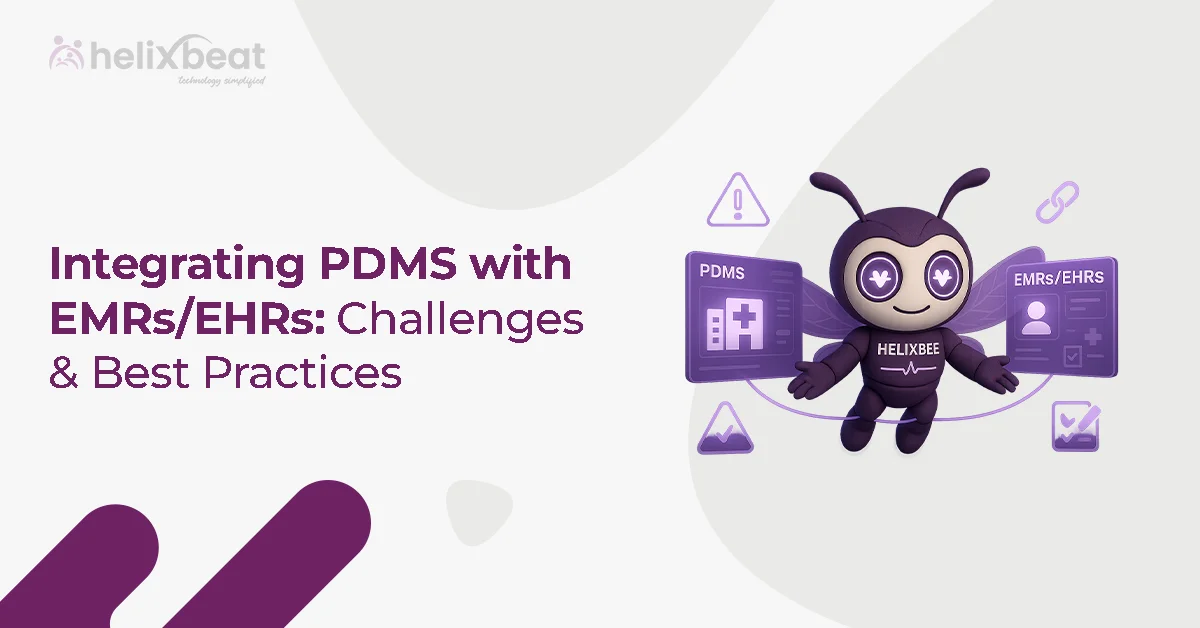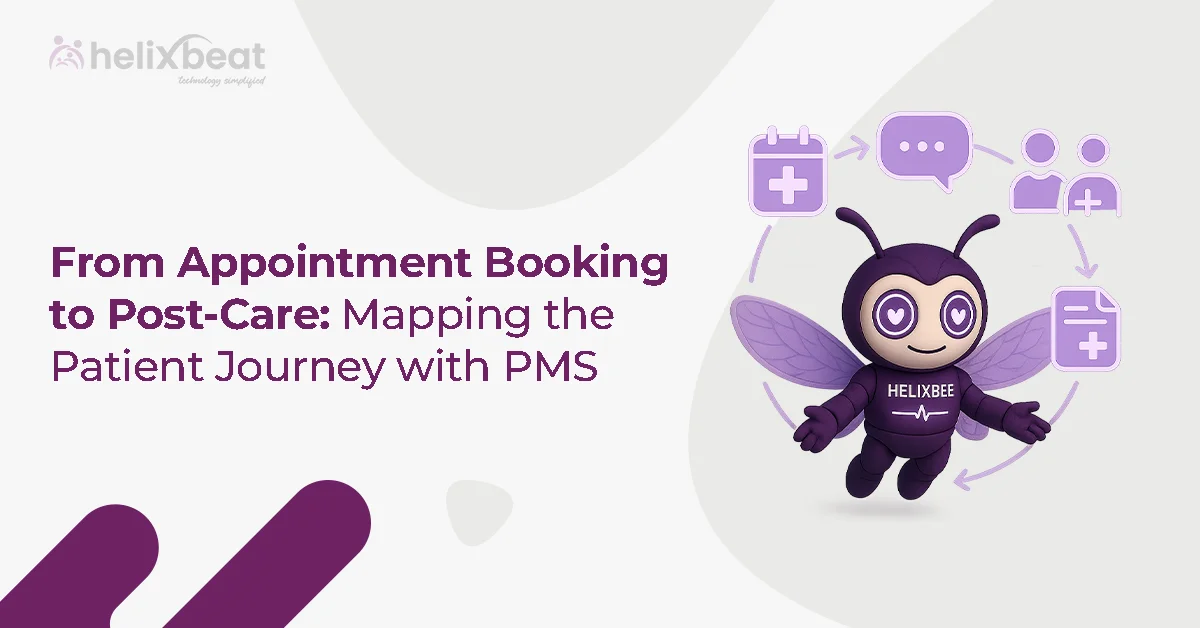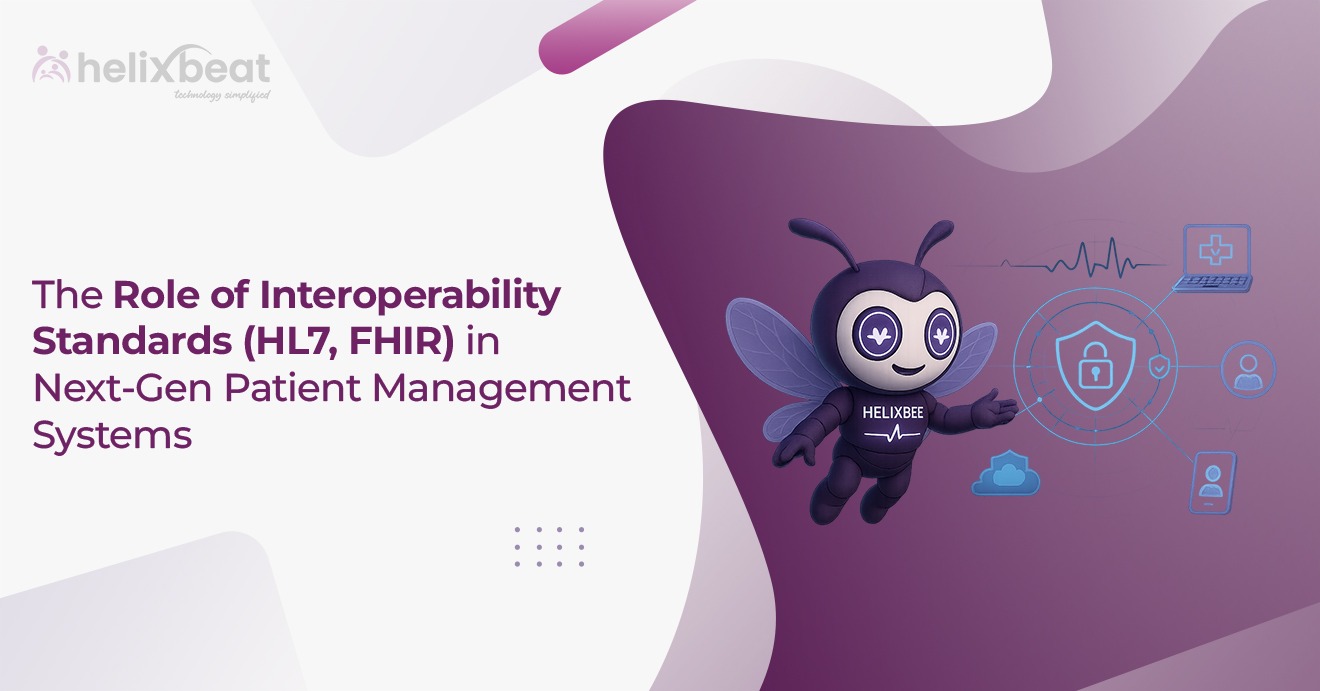In case you run a busy healthcare practice, dedicating your time to providing the best possible care for your patients. But once the treatment is done, another battle begins: getting paid on time. Patients hesitate, bills pile up, administrative teams chase overdue payments, and your revenue cycle slows down. Sound familiar?
The reality is, most patients want to pay their medical bills, but outdated payment systems, unclear pricing, and lack of flexible options make the process frustrating. 78% of patients prefer digital payment solutions, yet many healthcare providers still rely on traditional, slow, and manual billing methods. This gap leads to financial stress for both patients and providers.
As a healthcare provider, you need a modern patient payment processing system that simplifies transactions, ensures compliance, and improves cash flow—all while making payments easier for your patients. This guide explores the key features of an efficient payment system and how Paynova can help change your billing process.
Table of Contents
What is Patient Payment Processing?
Patient payment processing refers to the system through which healthcare providers collect payments from patients for medical services. This includes verifying insurance coverage, calculating out-of-pocket expenses, collecting payments, and posting transactions within an electronic health record (EHR) system.
For example, a patient visiting a clinic for a routine check-up may have a copay of $30. If additional tests are required, the provider calculates the deductible and coinsurance before generating the final bill. Payment can be collected at the time of service or through online billing portals, ensuring smooth financial transactions.
With 60% of Americans unable to cover an unexpected $1,000 medical expense, implementing flexible payment options for patients is essential for ensuring timely payments and reducing financial stress for patients
The Importance of Efficient Patient Payment Processing
An optimized patient payment processing system benefits both healthcare providers and patients. For providers, it ensures a steady cash flow, reduces billing errors, and minimizes the risk of unpaid invoices. For patients, it offers transparency, convenience, and multiple payment options, reducing the burden of medical expenses.
Consider a hospital that streamlines its payment process by integrating digital payment solutions. The results? A 20% increase in on-time payments and a 30% reduction in billing-related disputes.
According to a recent survey, 75% of patients prefer digital payment options over traditional billing methods. By implementing seamless payment solutions, providers can improve patient trust and engagement while ensuring financial stability.
Challenges Faced by Healthcare Providers Without Patient Payment Processing
Managing payments without a modern patient payment processing system presents significant hurdles for healthcare providers. From cash flow issues to inefficient administrative tasks, the lack of a structured payment solution can negatively impact both the practice and the patient experience. Here are the key challenges:
1. Revenue Loss Due to Unpaid Bills
Without an effective system in place, many providers struggle with delayed or missed payments. Patients often find medical bills confusing or overwhelming, leading to non-payment or long delays. According to the American Medical Association (AMA), 70% of providers report challenges in collecting patient payments on time, impacting financial stability.
2. High Administrative Burden
Staff members spend excessive time on manual billing, follow-ups, and reconciliation instead of focusing on patient care. This leads to higher operational costs and reduced efficiency. An outdated billing system can cause billing errors, resulting in disputes and patient dissatisfaction.
3. Limited Payment Flexibility for Patients
Without structured payment plans or digital payment options, patients may struggle to pay their bills, increasing the risk of bad debt. A report by HFMA found that 60% of patients prefer flexible payment options for patients, yet many providers lack the infrastructure to offer them.
4. Poor Patient Experience and Trust Issues
A lack of transparency in pricing and billing processes often frustrates patients. Confusing bills, unclear charges, and no digital payment options can lead to negative reviews, complaints, and patient loss. Studies show that patients are more likely to switch providers if they experience billing difficulties.
5. Compliance and Security Risks
Manual payment handling increases the risk of data breaches, fraud, and non-compliance with regulations like HIPAA. A single security lapse can lead to legal consequences and loss of patient trust.
Without a robust patient payment processing system, healthcare providers face revenue leakage, inefficiencies, and lower patient satisfaction. Investing in secure, automated, and flexible payment options for patients ensures better financial management and an improved patient experience.
Key Aspects of Patient Payment Processing
Patient Registration and Demographic Data Collection
Gathering accurate patient information, including insurance details, billing addresses, and contact information, at the time of scheduling or check-in is crucial. This ensures a seamless billing process and minimizes payment-related issues later on.
Eligibility Verification
Checking with insurance companies to confirm patient coverage, benefits, and any pre-authorization requirements for specific procedures or treatments is an essential step. This helps prevent billing surprises and ensures transparency in financial responsibility.
Patient Financial Responsibility Calculation
Determining the patient’s out-of-pocket cost by considering copay, deductible, and coinsurance based on their insurance plan is vital. Providing upfront cost estimates allows patients to plan for their medical expenses more effectively.
Payment Collection Methods
Healthcare providers use multiple methods to collect payments, including:
- Point-of-service payments: Collecting payments at the time of service to reduce outstanding balances.
- Online payments: Allowing patients to pay through secure patient portals or mobile apps.
- Recurring payment plans: Setting up automated installment plans for patients facing large medical bills.
- Contactless and mobile payments: Providing convenient and secure payment options via digital wallets.
Key Features of an Efficient Patient Payment Processing System
1. Multiple Payment Methods
Providing multiple payment options is essential in today’s digital era. Patients expect flexibility, and offering credit/debit cards, ACH transfers, mobile payments, and digital wallets ensures they can pay in a way that suits them best. A study by Statista reveals that 80% of consumers prefer digital payment methods over traditional cash or checks.
By incorporating diverse payment methods, healthcare providers can minimize late payments and improve collection rates. Paynova’s integrated payment solutions offer secure transactions through multiple channels, enabling patients to complete payments conveniently. This not only enhances the user experience but also streamlines financial operations for providers, reducing manual processing efforts.
2. Flexible Payment Options for Patients
Many patients struggle to pay medical bills upfront, leading to delayed payments or unpaid debts. Offering flexible payment options for patients, such as installment plans, financing options, or medical credit lines, significantly improves affordability. Research from the Healthcare Financial Management Association (HFMA) indicates that 46% of patients delay care due to high out-of-pocket costs.
Paynova enables healthcare providers to offer customizable installment plans, allowing patients to manage medical expenses without financial strain. By providing structured financing solutions, hospitals and clinics can improve collection rates and patient retention while reducing the burden of large one-time payments.
3. Automated Billing and Reminders
Missed payments often occur due to forgetfulness rather than an unwillingness to pay. Automating billing and reminders through email, SMS, or patient portals helps mitigate this issue. A study by Deloitte found that automated payment reminders increase collection rates by up to 30%.
With Paynova, providers can schedule recurring reminders that notify patients about upcoming payments, reducing delinquency rates. Additionally, automation minimizes administrative workload, allowing staff to focus on more critical tasks rather than chasing unpaid bills. Patients also benefit from increased transparency and convenience, knowing when and how their payments are due.
4. Transparent Pricing and Cost Estimates
Patients value clear, upfront pricing before undergoing medical treatment. Nearly 60% of patients say they would be more likely to pay their bills on time if they received easy-to-understand cost estimates. Unexpected charges can lead to dissatisfaction and disputes, making transparency a crucial aspect of patient payment processing.
Paynova supports real-time cost estimation and itemized billing, ensuring patients fully understand their financial obligations before services are rendered. This transparency fosters trust, improves patient satisfaction, and enhances the likelihood of timely payments.
5. Seamless Integration with EHR & Practice Management Systems
A robust payment system should integrate smoothly with Electronic Health Records (EHRs) and Practice Management Software (PMS) to streamline operations. Disconnected systems lead to inefficiencies, errors, and increased administrative burdens.
Paynova’s platform seamlessly integrates with major EHR and PMS systems, ensuring real-time transaction updates and synchronized financial data. This reduces manual errors, enhances reporting capabilities, and allows healthcare staff to access payment histories instantly, making the billing process more efficient.
6. Security and Compliance
Medical billing involves sensitive financial and personal data. Any breach can lead to severe consequences, including legal penalties and loss of patient trust. Compliance with regulations such as HIPAA, PCI DSS, and GDPR is essential to maintaining secure transactions.
Paynova prioritizes security with advanced encryption, fraud detection mechanisms, and regulatory compliance measures. By implementing secure payment gateways, healthcare providers can protect patient data, ensuring confidentiality and trust.

How Paynova Transforms Patient Payment Processing?
1. Offering Flexible Payment Plans
Paynova enables healthcare providers to introduce tailored installment plans, giving patients greater financial flexibility. This reduces the likelihood of unpaid bills while ensuring that necessary medical care remains accessible.
2. Enhancing Digital Payment Capabilities
With the growing preference for digital payments, Paynova offers multiple online and mobile payment solutions, including contactless payments, digital wallets, and one-click checkouts. This frictionless experience encourages faster payments and enhances patient satisfaction.
3. Automating Recurring Payments
Patients undergoing long-term treatment often prefer automated recurring payments to avoid manual transactions each month. Paynova’s automation tools allow patients to schedule payments, reducing administrative overhead and improving compliance with payment agreements.
4. Reducing Administrative Costs
By integrating with existing EHR and billing systems, Paynova eliminates redundant processes, reduces paperwork, and minimizes errors. Healthcare providers can focus on delivering quality care instead of handling complex billing operations manually.
5. Ensuring Compliance and Security
Paynova adheres to HIPAA regulations, ensuring that all transactions are encrypted and compliant with industry standards. This mitigates risks related to fraud and data breaches while maintaining the integrity of patient financial information.

Final thoughts
Getting paid on time shouldn’t be a struggle for healthcare providers. Patients want to pay, but outdated systems and unclear bills make it tough. That’s where Paynova steps in. With digital payment options, flexible plans, automated reminders, and seamless EHR integration, collecting payments becomes effortless. No more chasing overdue bills—just a smooth, secure, and patient-friendly experience.
By upgrading your payment process, you improve cash flow, reduce admin headaches, and keep patients happy. Ready to simplify payments and boost your revenue?
Let Paynova help you transform the way you handle billing.
Frequently Asked Questions:
- What is patient payment processing?
Patient payment processing refers to the methods healthcare providers use to collect payments from patients, including digital payments, insurance verification, and installment plans.
- Why is efficient patient payment processing important?
It ensures timely payments, reduces billing errors, improves cash flow, and enhances the patient experience with transparent and flexible payment options.
- What are the biggest challenges in patient payment processing?
Common challenges include delayed payments, high administrative burdens, lack of digital options, billing errors, and compliance risks.
- How can digital payment solutions improve healthcare billing?
Digital payment solutions provide convenience, reduce manual work, offer flexible payment plans, and integrate seamlessly with EHR systems for efficient billing.
- What payment options should healthcare providers offer?
Providers should offer multiple options, including credit/debit cards, ACH transfers, digital wallets, mobile payments, and installment plans.
- How do automated billing and reminders help with collections?
Automated billing and reminders reduce missed payments, improve collection rates, and minimize the need for administrative follow-ups.
- How does Paynova enhance patient payment processing?
Paynova offers digital payments, flexible installment plans, automated reminders, and seamless EHR integration, simplifying billing for providers and patients.
- Is patient payment processing secure and compliant with regulations?
Yes, modern payment systems like Paynova ensure compliance with HIPAA, and other industry standards to protect patient financial data.














